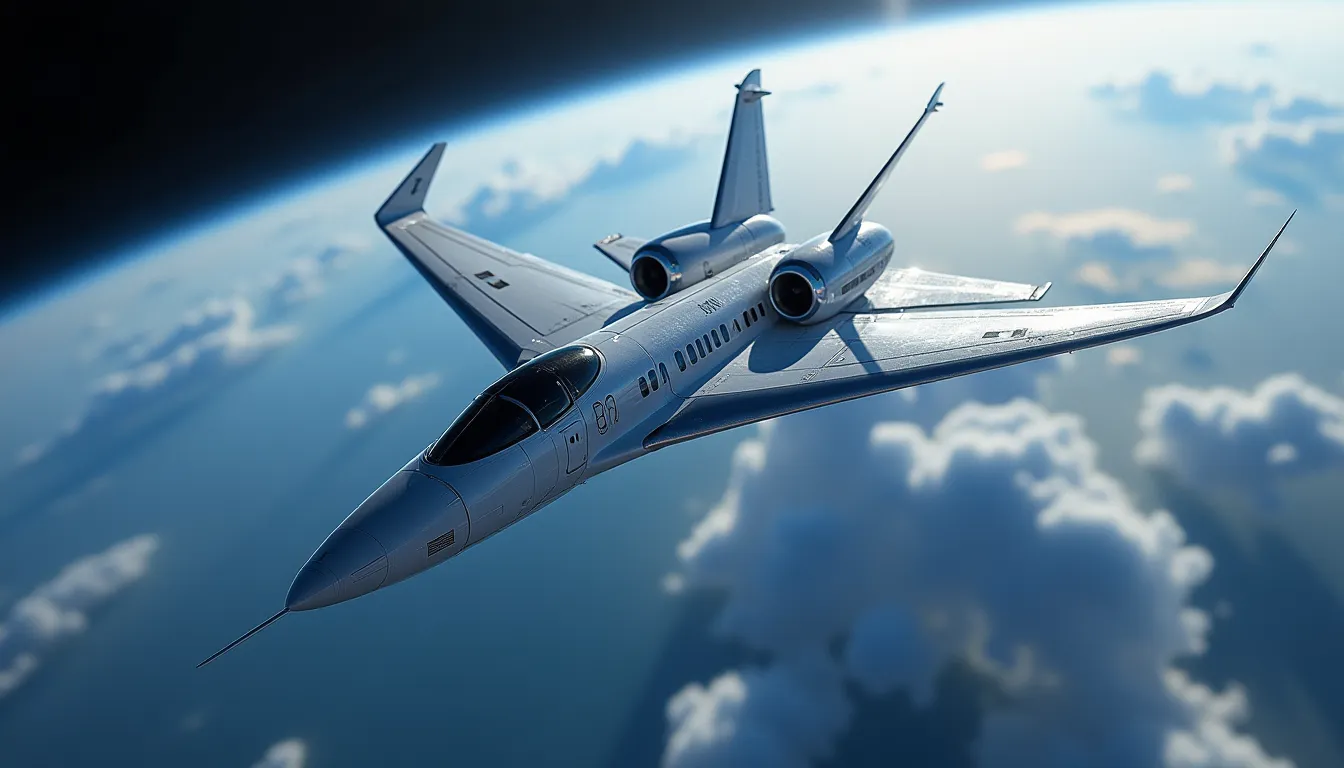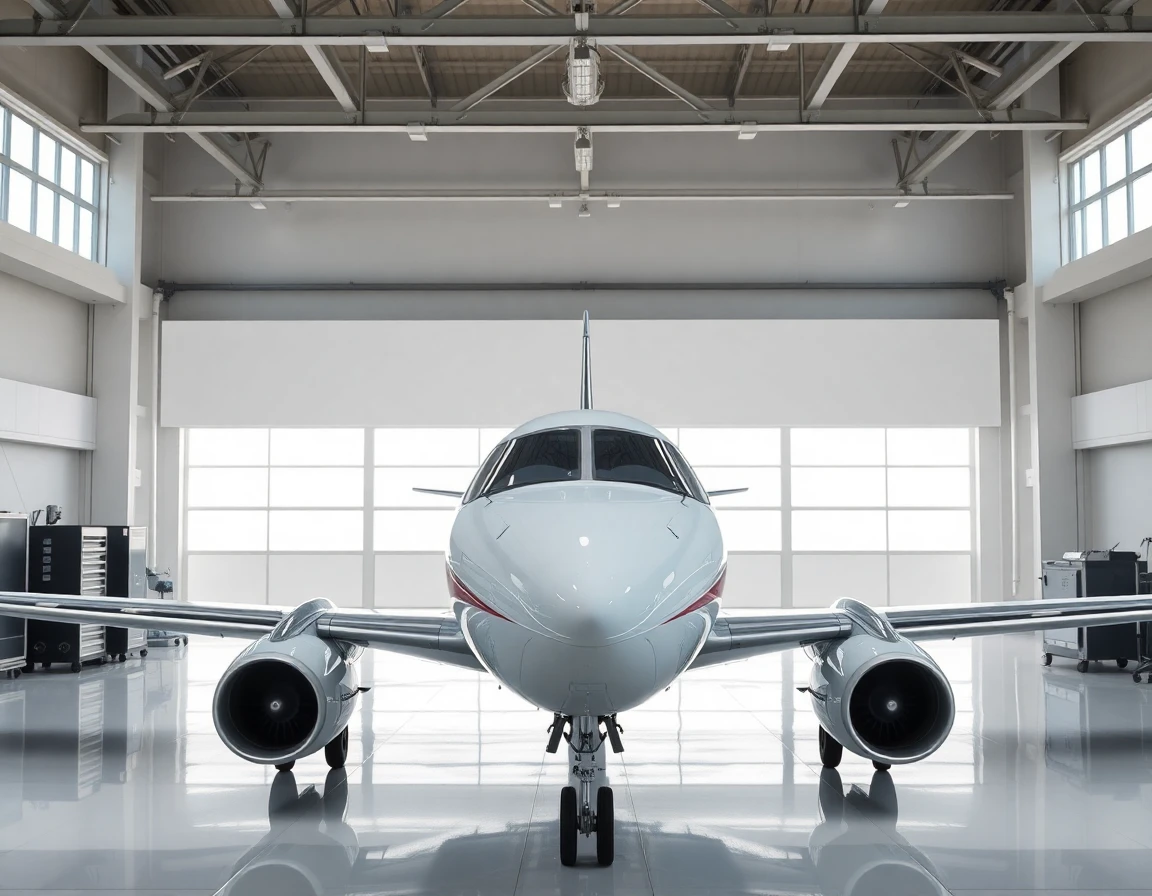Recent strides in the aerospace and defense sectors underscore the rapid evolution of aircraft technology. From autonomous flight capabilities to military aircraft testing, the industry is witnessing transformative innovations that promise to reshape urban air mobility and enhance defense capabilities. This article explores key developments as of September 2025, highlighting the implications for both commercial and military aviation.
Autonomous Flight: Pioneering the Future of Aviation
Autonomous flight technology is steadily gaining traction, with Joby Aviation leading the charge. On September 4, 2025, the company successfully demonstrated its Superpilot autonomous flight technology on an electric vertical takeoff and landing (eVTOL) aircraft. This significant milestone not only showcases advancements in automation but also sets the stage for potential applications in urban air mobility and military operations. Joby’s Superpilot system utilizes high-precision MEMS accelerometers and advanced navigation systems to ensure safe and reliable flight in complex urban environments.
The implications of such technology extend beyond commercial aviation; the U.S. Air Force is exploring similar innovations for military applications. On September 5, 2025, the Air Force, in collaboration with Sierra Nevada Corporation, initiated flight tests on its next-generation “doomsday plane.” Designed as a survivable airborne command post, this aircraft aims to maintain command and control capabilities during nuclear conflicts, reflecting a strategic shift towards resilient military aviation.
Space-Related Developments: Integrating Reusable Launch Vehicles
In parallel to advancements in autonomous flight, the aerospace industry is also witnessing significant developments in space-related aircraft and satellite deployment. SpaceX continues to dominate the low Earth orbit satellite market, launching 24 more Starlink broadband satellites on September 8, 2025. This ongoing initiative enhances global connectivity and supports military operations through advanced communication capabilities.
Additionally, SpaceX’s Falcon 9 successfully launched the Space Force’s X-37B spaceplane on August 22, 2025, further demonstrating the efficacy of reusable launch vehicles in military spaceplane operations. This integration of commercial launch capabilities with defense requirements marks a new era in military aerospace, providing enhanced flexibility and cost-efficiency.
Strengthening Materials Supply for Aircraft Manufacturing
Material supply agreements are crucial for sustaining growth in aircraft manufacturing. ATI Inc. recently expanded its long-term titanium supply agreement with Boeing, which supports the production of both narrowbody and widebody aircraft. This agreement reflects a strategic investment in titanium alloy sheet capabilities at ATI’s new facility in Pageland, South Carolina. Titanium, known for its strength-to-weight ratio, is essential for modern aircraft structures, enabling lighter and more fuel-efficient designs.
Furthermore, Boeing has opened a new engineering center at Embry Riddle Research Park, enhancing its research and development capabilities in aerospace engineering. This facility is expected to drive innovations in aircraft design and manufacturing processes, utilizing cutting-edge technologies, including quartz MEMS gyroscopes and high-precision advanced navigation systems.
Defense Collaborations: Advancing Autonomous Systems
On September 16, 2025, Taiwan and Shield AI announced a defense technology collaboration aimed at advancing autonomous systems. This partnership likely focuses on the development of unmanned aerial vehicles (UAVs) and related aircraft technologies, emphasizing the growing trend towards integrating artificial intelligence in military aviation. As nations recognize the importance of autonomous systems in modern warfare, such collaborations are expected to enhance operational capabilities and strategic advantages.
Conclusion
The advancements in aircraft technology, particularly in autonomous flight and military innovations, highlight a pivotal moment in the aerospace and defense industries. The successful demonstrations of autonomous systems, coupled with the ongoing integration of reusable launch vehicles and strategic material supply agreements, pave the way for a more interconnected and efficient aviation landscape. As these technologies continue to evolve, the future of aerospace promises not only enhanced capabilities but also new opportunities for collaboration and innovation across commercial and military sectors. The focus on precision and reliability, supported by advanced sensor modules and MEMS accelerometers, will be critical in realizing the full potential of these emerging technologies.
References
-
Industry News Archives - AIAA - Shaping the future of aerospace (aiaa.org) - 9/16/2025 … Joby Conducts Successful Demonstration of its Superpilot Autonomous Flight Technology. 4 September 2025. Military Aerospace reports Joby Aviation Inc.
-
Taiwan, Shield AI Launch Defense Technology Collaboration (thedefensepost.com) - 9/16/2025
-
Aerospace Daily & Defense Report, September 11, 2025 (aviationweek.com) - 9/12/2025 Royal Netherlands Air Force F-35s shot down Russian drones as part of a NATO mission to help protect Polish air space, the Dutch defense …
-
News, appointments, promotions for September 2025 (www.aerospacemanufacturinganddesign.com) - 9/4/2025 News, appointments, promotions for September 2025. ATI and Boeing extend, expand titanium supply long-term agreement; Appointments, promotions, …



